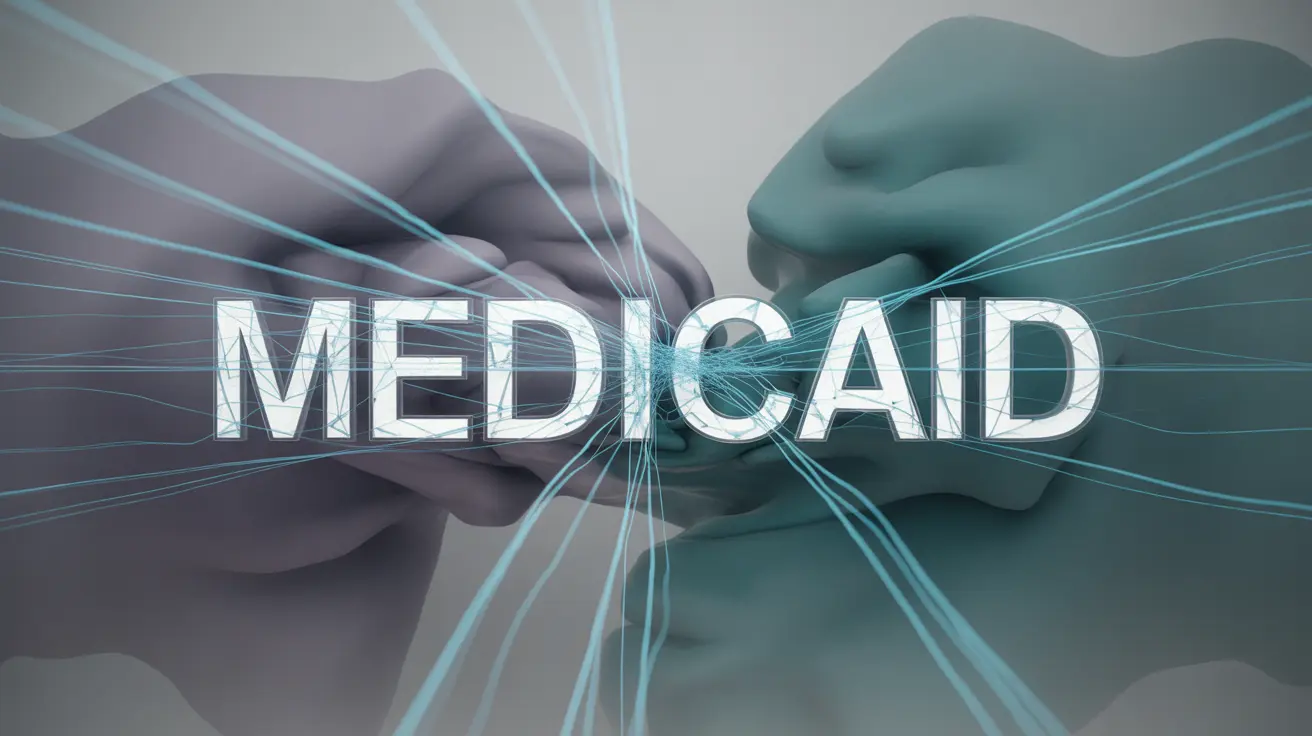GetLabTest News
Symptom Analysis
Interpreting Test Results
Diseases & Symptoms
Health Queries Answered
All
Latest
Important Hillshire Farms Lunch Meat Recall Notice: What Consumers Need to Know
Stay informed about the Hillshire Farms lunch meat recall. Learn what products are affected and the steps you should take for safety.

Explore Costco's Wegovy weight loss program, including benefits, costs, and eligibility requirements for effective weight management.
GetLabTest News
min read

Discover the cardiac ablation cost under Medicare, including coverage details and out-of-pocket expenses for atrial fibrillation treatment.
GetLabTest News
min read

Explore the 2024 Medicaid freeze's effect on state funding and healthcare delivery. Learn potential impacts.
GetLabTest News
min read

Explore the Wegovy pill form, a new oral medication for weight loss, its benefits, and expected availability.
GetLabTest News
min read

